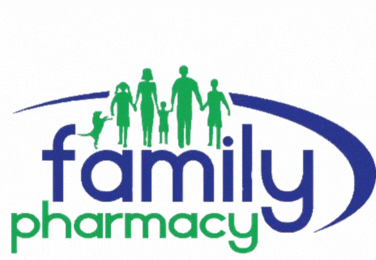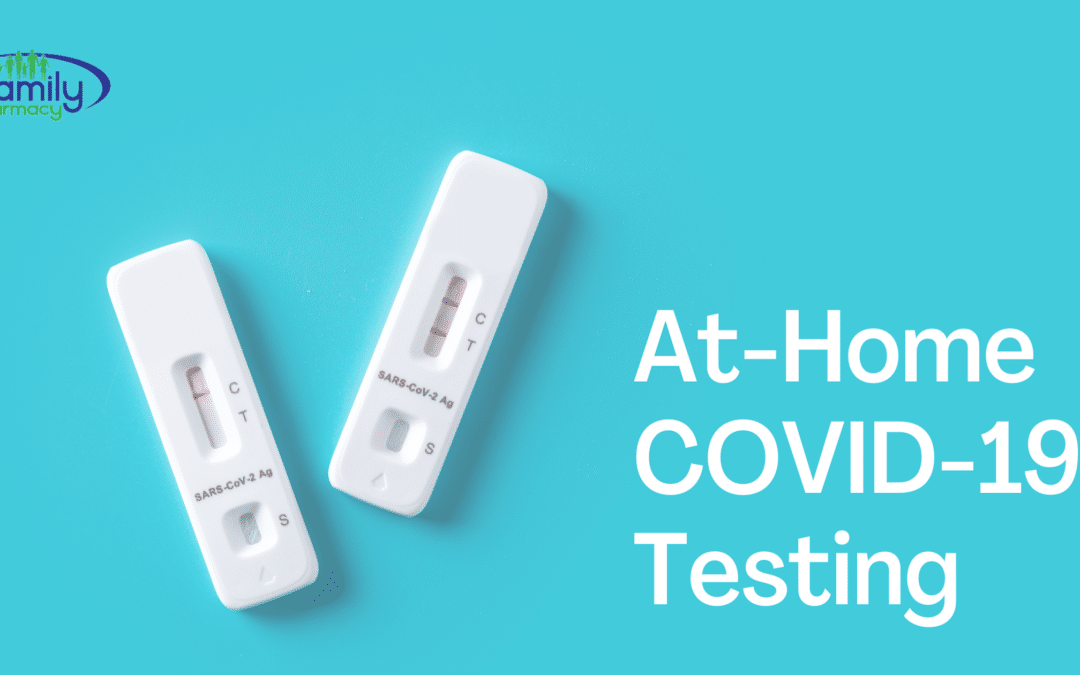At the beginning of the COVID-19 pandemic, there weren’t enough people being tested for the coronavirus disease (COVID-19). This was mainly because there was a massive shortage of diagnostic testing capabilities around the world.
Though testing availability eventually increased, the shortages still continued due to some demand increases. However, tracking those infected is highly important when trying to help prevent any new infections.
With quick results and convenience, at-home COVID-19 testing is here to stay. Here’s some information on how to use them most effectively.
At-Home COVID-19 Testing Defined
Also known as rapid antigen tests, at-home COVID-19 tests are a crucial tool to help stop the spread of COVID-19. These tests can be taken almost anywhere, any time, regardless of which COVID-19 symptoms you might have. At-home COVID tests are free, or at little to no cost, and are able to give you results within 15 minutes.
These rapid tests are important in risk reduction because the sooner someone knows whether they have COVID-19 or not, the sooner they can properly isolate and notify anyone else who may have been exposed.
Though very useful, these at-home COVID-19 tests do have possible limitations, especially if you aren’t having noticeable symptoms.
Following is some important information everyone should know about these at-home tests. Including how to get them, when you should take them, and how to ensure result accuracy.
Understanding the basics of at-home COVID-19 testing
A number of different at-home COVID-19 rapid antigen tests have been granted Emergency Use Authorization (EUA), by the FDA. All of these tests are available to get without a prescription.
The approved tests detect any active infection by identifying proteins from the SARS-CoV-2 virus, the virus that causes COVID-19, from mucus samples taken by a nasal swab. The tests are designed for anyone from the age of 2 and older. Providing results within 15-30 minutes.
Tests work the same whether you have symptoms, or are asymptomatic. If you are symptomatic, some manufacturers will recommend you complete the test within 6-7 days of the beginning of symptoms for best results.
Some at-home tests use an app to report results, while others rely on you to report your positive test result to your physician, who will in turn notify public health agencies.
The best time to take an at-home COVID-19 test
According to the Centers for Disease Control and Prevention (CDC), the best time to take an at-home test is as soon as you experience any COVID-19 symptoms.
If you are in the know of potential exposure but don’t have any symptoms, the CDC then recommends you wait 5 days after that exposure before testing. As well as 1-2 days following.
Also, if you are planning to attend a large gathering of some sort, the CDC recommends you take an at-home test at least the day before the event, or as close to the time of the event as possible.
Interpreting your at-home COVID-19 test results
There are three possible results of an at-home COVID-19 test: positive, negative, or invalid.
- A positive test result is detected when you see two lines appear on your at-home test. According to the CDC, a positive self-test is highly reliable in detecting current COVID-19 infection.
- A negative test result is detected when only the control test line appears on your test. The CDC says a negative test doesn’t definitively rule out COVID-19 infection, especially if you have symptoms. That’s because rapid antigen tests are not as sensitive as molecular tests. You’re also more likely to experience a false negative in the early stages of infection or if you don’t have symptoms.
- An invalid test result is detected if the control test line on your test does not show up. In this case, the test didn’t work properly and you’ll need to take another test.
When is a PCR test better than a rapid antigen test?
A PCR, or polymerase chain reaction test, is considered the high standard of COVID-19 testing. This is because it has the most sensitivity, which means it detects amounts of viral material that at-home tests could possibly miss.
The time PCR tests are more beneficial could be if you have been exposed, but aren’t showing any symptoms. These tests may also detect the virus earlier in it’s course of infection, before symptoms.
Also, if you have symptoms but are recurringly testing negative on a rapid test, a PCR test may help confirm whether or not you don’t have COVID-19.
Another thing to note about PCR tests is that their sensitivity may lead to positive test results for weeks or even more. That’s even if you no longer have symptoms and aren’t contagious anymore. However, rapid tests are more likely to only be positive if you are currently contagious and shedding virus particles.
If you test positive on a PCR test, the CDC does recommend that you test again 5 days later using a rapid test. If you’re still testing positive at that time, then you’re likely to still be contagious and should remain in isolation for another 5 days. When you have two negative rapid tests 2 days in a row after being confirmed positive, then you can be confident you’re no longer in the contagious stage.
How to ensure the most accurate test results from an at-home COVID-19 test
Here are 7 tips to help you feel more confident in your COVID-19 at-home test results:
- Make sure the test you take is on this list of FDA-authorized at-home COVID-19 diagnostic tests.
- Wash your hands before opening the test kit so you don’t contaminate the contents of the test.
- Don’t open an at-home test until you’re ready to use it right away.
- Store any unopened tests according to the manufacturer’s instructions and at a temperature recommended by the manufacturer. Extreme heat and extreme cold can affect the results of the test.
- Follow the directions exactly as they’re written, including waiting the required amount of time before reading the results.
- Note that some test kits recommend serial testing, or repeating the test twice in a 3-day period if you don’t currently have symptoms. Multiple negative tests can give you more confidence that you aren’t infected with COVID-19.
- Check the expiration date. In some cases, the expiration date for a test may be extended. This means the manufacturer provided data showing that the shelf-life is longer than was known when the test was first authorized.
How to Get At-Home COVID-19 Testing
COVID-19 testing has become an important part of protecting yourself and others from the spread of COVID-19. At-home tests make testing a lot more convenient for many of us.
At-home COVID-19 tests are widely available. You can order them online, or pick them up at your local pharmacy. You can receive a total of 8 free at-home COVID-19 rapid antigen tests through Utah Family Pharmacy.
Although some insurance companies provide COVID-19 testing at no charge, they may have certain restrictions, such as a healthcare professional must order the test, or you must have symptoms or be a healthcare worker or first responder to require a test. Check with your insurance provider for details of your plan.
Utah Family Pharmacy doesn’t require a prescription for free at-home COVID-19 tests. Contact us today to learn more about receiving your free at-home tests!


Recent Comments